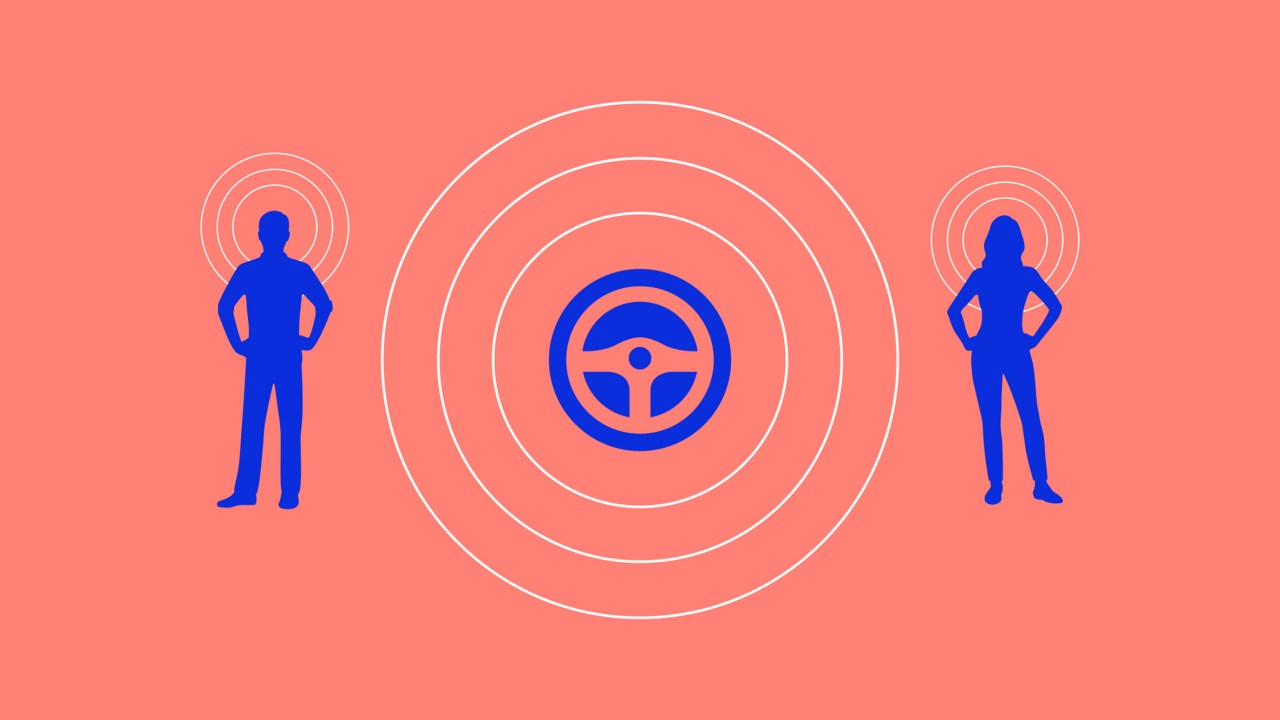As electric vehicles (EVs) reshape the automotive landscape, one often overlooked element comes to the forefront: sound design. Traditionally, a vehicle’s engine roar has been a powerful cue for drivers and pedestrians alike. However, with the advent of quieter electric motors, the question arises: what should an EV sound like when it thunders from 0 to 60, turns a corner, or powers down for the night?
The Soundtrack of Safety
The quiet nature of EVs presents new safety concerns, as traditional auditory cues from internal combustion engines dissipate. In response, regulators in the U.S. and Europe began mandating that EVs produce warning sounds to alert both drivers and pedestrians of their presence. But intriguing questions linger: What should these sounds convey? How can they be optimized not only for utility but also for brand identity?
Pioneering Sound Design
One of the most innovative voices in this burgeoning field is Pentagram partner and sound designer Yuri Suzuki. His recent research emphasizes the psychological impact of sound in EVs, advocating for designs that foster a connection between man and machine. In Suzuki’s exploration, he developed new sound concepts that aim to bridge the gap between human perception and electric functionality.
Innovative Sound Solutions
- Skeuomorphic Sound Design: Suzuki’s designs draw inspiration from traditional internal combustion engines, featuring sounds that resemble engine revs. This familiarity provides comfort to drivers and enhances pedestrian awareness.
- Adaptive Sounds: Customized based on the time of day and ambient conditions, these sounds alter to create a more harmonious urban auditory environment.
- AI Integration: By utilizing machine learning, the sounds evolve in real-time, adapting to daily activities and personal preferences.
The Importance of Brand Identity
Many manufacturers are enlisting celebrities to compose their EV sounds—think Hans Zimmer for BMW—yet Suzuki stands firmly against this approach. He cautions that prioritizing marketing over meaningful design can lead to dissonance, akin to a jingling phone that becomes more annoying than charming. Instead, he advocates for tailored sounds that resonate specifically with user experiences, emphasizing the importance of usability over trendiness.
Creating a Sensory Experience
Pentagram’s vision of sound design extends beyond mere alert systems to enhance the entire driving experience. In-car sounds, such as powering on or signaling, are configured to match daily rhythms, transitioning from cheerful, high-pitched tones in the morning to deeper, calmer sounds as evening approaches. With the modern driver increasingly experiencing a blend of work, leisure, and travel, these sounds also adjust seamlessly to reflect the intended activity—be it commuting or a spontaneous road trip.
A Look Towards the Future
While Suzuki’s sounds are not yet widely adopted commercially, they signify a crucial evolution in how we think about car sound—a concept that is more than just aesthetics. At **[fxis.ai](https://fxis.ai)**, we believe that such advancements are crucial for the future of AI, as they enable more comprehensive and effective solutions. Our team is continually exploring new methodologies to push the envelope in artificial intelligence, ensuring that our clients benefit from the latest technological innovations.
The Path Forward
The need for structured sound guidelines in the automotive industry is clearer than ever. As more automakers and sound designers come together, the conversation surrounding the sounds of electric vehicles is set to expand. Through collaborative efforts, the future of EV sound design can lead to an industry standard that prioritizes safety, usability, and brand identity—all while enhancing the driving experience.
Conclusion
In the world of electric vehicles, sound design is an untapped realm of creativity and innovation. As the automotive industry moves forward, we must not only emphasize what these vehicles should sound like for safety concerns but also celebrate the unique auditory experiences they can provide. Manufacturers, sound designers, and consumers alike have the opportunity to contribute to an evolving soundscape that harmonizes technology with human experience.
For more insights, updates, or to collaborate on AI development projects, stay connected with **[fxis.ai](https://fxis.ai)**.

